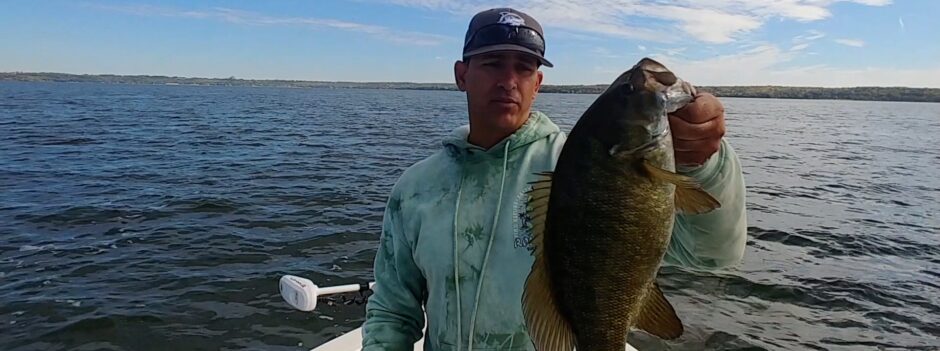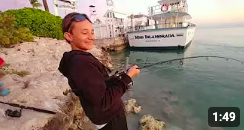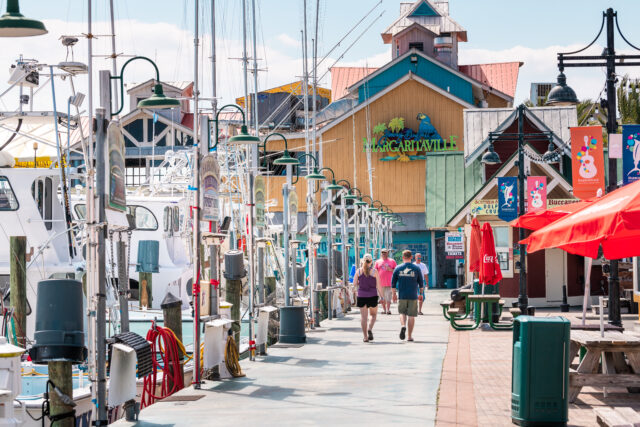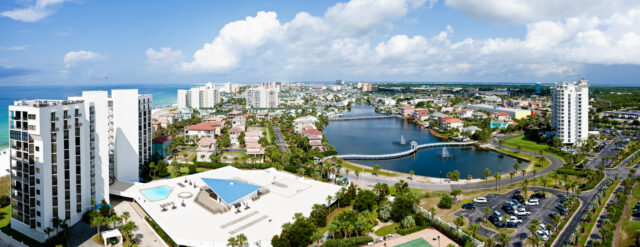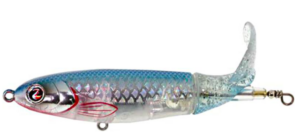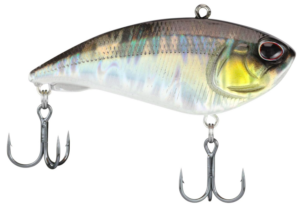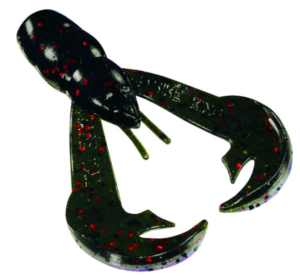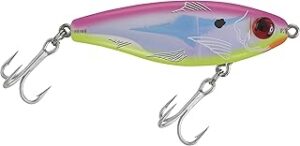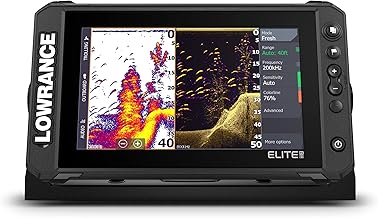Welcome to our Smallmouth Bass Fishing Home Page
Pound for pound, smallmouth bass are considered the strongest fighting freshwater fish by most anglers. It is hard to disagree once you have spent some time fishing for smallmouth bass. Whether you target monster smallmouth bass in the Great Lakes or in your favorite river, lake or stream, you will find a ton of fishing information in this section.
Best Lures
Here are some quick links to go directly to the following sections:
Soft Baits – Hard Baits – Topwater Lures
Best Rigs
This is just a sample of our fishing rigs section. Take a look at all of the best rigs for smallmouth bass fishing.
Carolina Rig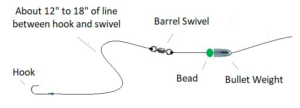
The Carolina Rig is used mostly to fish along the bottom in deeper water around points, rocky shorelines and on offshore structure. Some anglers do fish it shallow, but most fish it in deeper water. |
Drop Shot Rig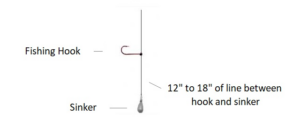
The drop shot rig will work in most situations, however, most anglers use this as a deeper water rig for smallmouth bass. It’s a great rig for a variety of baits and is one of the best for smallmouth bass. |
Best Techniques
There are so many ways to catch smallmouth bass. Take a look below to see some of the best ways to consistently put them in the boat.
Best Techniques for Smallmouth Bass Fishing
Catch Big Smallmouth Bass
This section will teach you how to target bigger smallmouth bass more consistently.
Catch Lots of Smallmouth Bass
The easiest way to a lot of smallmouth bass is to downsize your lures. These fish have smaller mouths, so make it easier for them to eat and you’ll get more bites. Use baits in the 3 to 4 inch range and you’ll have a much better chance to catch a lot of bass. The average size will be smaller, but you’ll have a lot of fun catching bass.
Learn more about catching lots of smallmouth bass.
Best Smallmouth Bass Fishing Destinations
There are so many more awesome smallmouth bass fishing destinations as you head further up north. From the upper midwest to Canada, this is where you want to look if you’re looking for a lot of awesome smallmouth bass fishing destinations. You can also find some great smallmouth bass fishing in the southern United States, but you will not find nearly as many awesome destinations for smallmouths when compared to up north.
Find an awesome smallmouth bass fishing destination.
